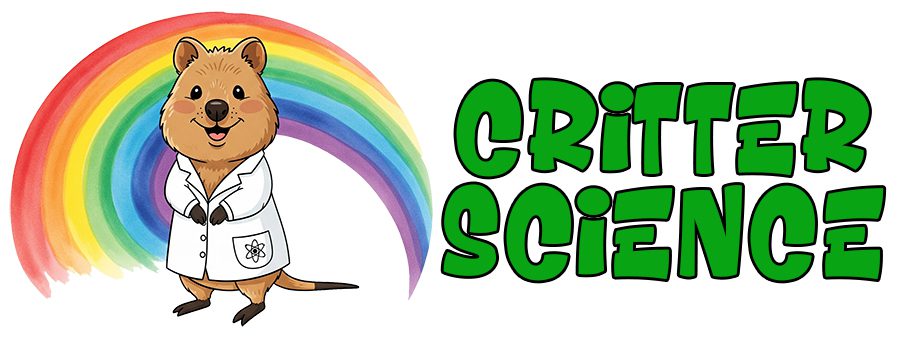- Zoology
- Daily Critter Facts
- For Teachers
- Study Guides
- Diseases & Parasites
- Contact


Ecosystems, the intricate tapestry of life on Earth, are more than just collections of plants and animals. They are dynamic, interconnected communities where living organisms interact with each other and their non-living environment. This complex web of relationships sustains life as we know it, providing essential services like clean air and water, fertile soil, and climate regulation. Understanding the fundamental nature of ecosystems is crucial for appreciating their importance and recognizing the urgent need for their protection.
What Defines Ecosystems?
At its core, an ecosystem consists of biotic (living) and abiotic (non-living) components. Biotic factors include all living organisms, from microscopic bacteria to towering trees and majestic animals. Abiotic factors encompass non-living elements like sunlight, water, soil, temperature, and minerals. These components interact in a delicate balance, forming a self-sustaining system where energy flows and nutrients cycle. A forest, a coral reef, a desert, or even a small pond can be considered an ecosystem, each with its unique characteristics and inhabitants.
How It Works
The flow of energy through an ecosystem begins with the sun, the primary source of energy for most life on Earth. Plants, the primary producers, capture sunlight through photosynthesis, converting it into chemical energy stored in organic molecules. This energy is then transferred through the food chain as herbivores consume plants, carnivores consume herbivores, and decomposers break down dead organisms and decaying matter, returning nutrients to the soil. This continuous flow of energy sustains the entire ecosystem.
Nutrient cycling is another essential process within ecosystems. Elements like carbon, nitrogen, and phosphorus are constantly recycled between living organisms and the environment. Decomposers play a crucial role in breaking down organic matter, releasing nutrients back into the soil, where they are absorbed by plants. This cycle ensures that essential elements are available for continuous growth and reproduction.
Their Importance
Ecosystems provide numerous invaluable services that are essential for animal & human well-being. These services, often referred to as ecosystem services, include provisioning services like food, water, and timber; regulating services like climate regulation, water purification, and pollination; supporting services like nutrient cycling and soil formation; and cultural services like recreation and aesthetic value. These services are often taken for granted, but they are fundamental to human & animal survival and prosperity.
Clear and Present Danger
However, ecosystems are under increasing pressure from human activities. Habitat destruction, pollution, overexploitation of resources, and climate change are causing widespread degradation and loss of ecosystems worldwide. Deforestation, for example, not only destroys habitats but also releases vast amounts of carbon dioxide into the atmosphere, contributing to global warming. Pollution from industrial activities and agriculture contaminates air, water, and soil, harming aquatic and terrestrial life.
The Issue of Climate Change
Climate change poses a significant threat to ecosystems, altering temperature and precipitation patterns, leading to more frequent and intense extreme weather events, and causing sea levels to rise. These changes disrupt ecosystem processes, threaten biodiversity, and diminish the provision of ecosystem services. Coral reefs, for example, are highly vulnerable to rising sea temperatures, which cause coral bleaching and mortality.
Addressing climate change is paramount for ecosystem protection. This requires a global effort to reduce greenhouse gas emissions, transition to renewable energy sources, and implement climate adaptation measures. Protecting and restoring forests and other carbon sinks can also help to mitigate climate change.
Our Help is Needed
Protecting ecosystems is not only an ethical imperative but also a matter of self-preservation. Human and animal well-being is inextricably linked to the health of ecosystems. Conserving biodiversity, restoring degraded habitats, and reducing pollution are essential steps in safeguarding these vital systems.
What Can Be Done?
One of the most effective ways to protect ecosystems is through the establishment of protected areas. National parks, wildlife refuges, and marine reserves provide safe havens for biodiversity, allowing species to thrive and ecosystems to function naturally. These areas also serve as valuable research sites and educational resources.
Sustainable resource management is another crucial aspect of ecosystem protection. This involves using resources in a way that meets the needs of the present without compromising the ability of future generations to meet their own needs. Sustainable forestry, agriculture, and fisheries practices are essential for minimizing environmental impact and ensuring long-term resource availability.
Reducing pollution is also vital for protecting ecosystems. This involves implementing stricter regulations on industrial emissions, promoting cleaner energy sources, and reducing waste generation. Reducing the use of plastics and other pollutants can help to prevent contamination of air, water, and soil.
Education and awareness are crucial for fostering a culture of environmental stewardship. By educating the public about the importance of ecosystems and the threats they face, we can inspire action and promote sustainable behaviors. Community involvement and participation in conservation efforts are also essential for achieving long-term success.
Ecosystems are Invaluable!
Ultimately, protecting ecosystems requires a holistic and integrated approach that addresses the interconnectedness of environmental, social, and economic factors. By working together, we can ensure that these vital systems continue to provide the services that sustain life on Earth for generations to come. The future of humanity and animal life is inextricably linked to the health and well-being of the ecosystems that surround us.
